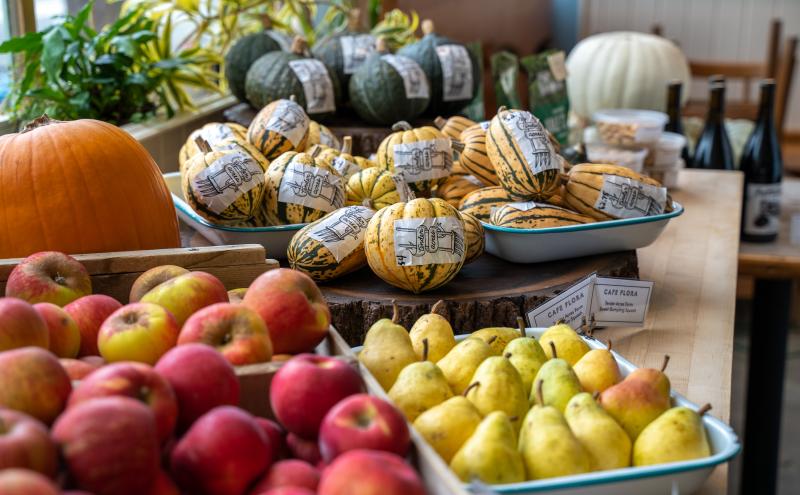
The Port of Seattle and Seattle-Tacoma International Airport (SEA) are our region’s gateways to the world. And we’re also working hard to become a diverse and equitable workplace. So there’s no surprise that the Port attracts employees from around the world who want to share their holiday foods and traditions with you this year.
The Port has many employee resource groups (ERGs) that contribute to the diversity mission, educate employees, and make the Port a better place to work by bringing our organization’s values to life. These ERGs give employees opportunities for development and leadership, raise awareness of workplace diversity and inclusion, and reinforce a fully inclusive and engaging work environment. The Voice of Immigrants Committed to Equity (VOICE) group was formed in 2020 for Port employees who identify as immigrants, refugees, people who speak multiple languages, global citizens, multicultural employees, and allies.
Meet some of VOICE’s founding members and learn about their favorite holiday foods and traditions. Try some of these traditions or serve these foods to make your holiday a global celebration. Season's Eatings to all!
Nic Longo, Aviation Planner (he/him)
Home Country: Naples, Italy
I speak: Italian and English
Greeting in Italian: Ciao a tutti!
I was born and raised in Naples until I moved to Seattle in 1998 to study at the University of Washington.
Similar to how we celebrate in the US, most Italian families celebrate Christmas with gifts from Babbo Natale, Italy's Father Christmas. Some families wait until the Epifania or Epiphany on January 6 to exchange gifts. If you are Christian, this day is a celebration of the coming of the Wise Men to Bethlehem, but for Italian children, its main significance is the celebration known as La Befana. Traditionally, on this day, an elderly, witchlike woman visits houses, leaving presents for well-behaved children, similar to what Santa does at Christmas.
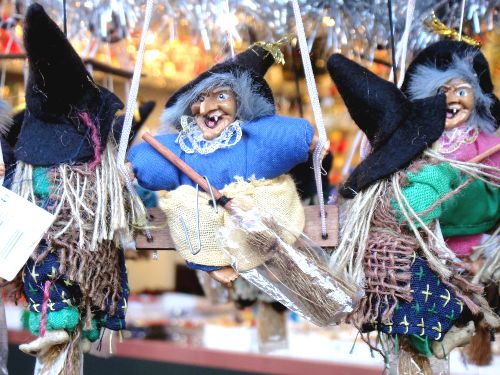
Italians celebrate New Year's Eve, known as the Vigilia, Capodanno, with a cenone (literally 'big supper'). This celebratory meal often features several courses and lasts for many hours. One of the most traditional dishes is called Lenticchie e Cotechino (Lentils and Cotechino) a lentil soup with a rich pork sausage eaten at, or soon after, midnight. Italian custom has it that if you start the New Year by eating these coin-shaped legumes, it will bring you prosperity and good luck.

And by the way, also for luck, don't forget to wear red underwear on New Year's Eve!
Moraa Omwega, Internal Auditor (she/her)
Home Country: Kenya, East Africa
I speak: Swahili, Ekegusii (local dialect), and English
Greetings in Swahili:
- Hello — jambo/ hujambo (jambo/sijambo)
- How are you? — habari gani (njema/nzuri)
- See you later — tutaonana
- Nice to see you — nafurahi kukuona
- Goodnight — lala salama
- Goodbye — kwaheri
Food is an important part of Kenyan celebrations, and here are a few of my favorite recipes:
- Sukuma wiki (collard greens) recipe
- Ugali (cornmeal porridge) recipe
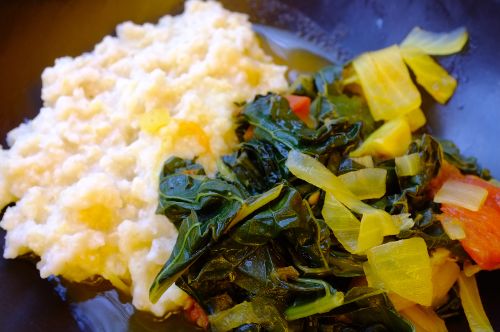
- Fish in coconut cream recipe
Alex Gaitho, Capital Project Manager at SEA Airport (he/him)
Home Country: Kenya, East Africa
I speak: Bantu Swahili and English
Greetings in Swahili: Mambo is the plural of jambo and simply means “things” (though people use kitu/vitu for things). Combine it with vipi for Mambo vipi! and it loosely feels like “How’s it going?”
I was born and raised in Kenya and relocated to the U.S. in 2012. Due to historic British influence, many of Kenya’s Christmas traditions were adapted from those of Great Britain. Christmas celebrations and traditions in Kenya are similar in many ways to the typical North American Christmas traditions, but they are also different in some unique ways. One way to say “Merry Christmas” in Kenya is “Kuwa na Krismasi njema.” Much like in North America, many businesses close just before Christmas and re-open after the New Year. Christmas celebrations typically begin on Christmas Eve with Christmas caroling. Families gather and feast for Christmas Eve and Christmas Day. Many Kenyans attend church services on both Christmas Eve and Christmas Day.
Mukimo is a Kenyan meal prepared by mashing potatoes and green vegetables. It may also include maize (corn meal) and beans. Mukimo is mostly served as an accompaniment for meat-based stew and nyama choma. Though originally from the central part of Kenya, Mukimo is now consumed in many communities in Kenya.
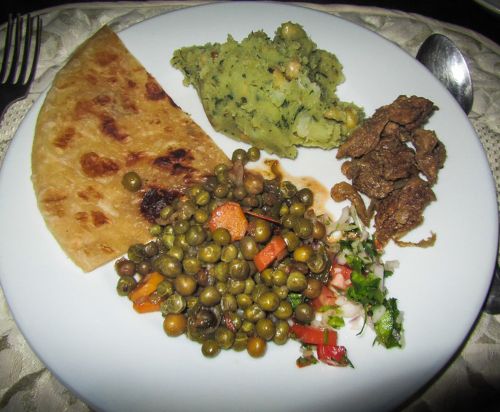
Tae Stacy, Aviation Maintenance, Dist. Center Assistant Manager (she/her)
Home Country: Japan
I speak: Japanese and English
Greetings in Japanese: Hajimemasite. Konnichiwa!
I was born in Saitama, but raised mostly in Shizuoka, Japan. There are a few Japanese holidays that I enjoy, but my favorite is March 3 Hinamaturi, or "Girl’s Day." Traditionally, we display old Japanese dolls and celebrate by gathering with family and friends. We also have a holiday call “Boy’s Day” which is May 5. That holiday is celebrated by displaying Japanese soldier dolls and their uniforms (Kabuto — metal helmet and some shields around the body).

On Girl’s Day, we eat Hina arare-rice crackers, Chirashi Sushi, and Sakura-mochi (rice flour confections stuffed with sweet beans and wrapped with salted cherry leaf). Sakura-mochi is one of my favorite wagashi (Japanese sweets).
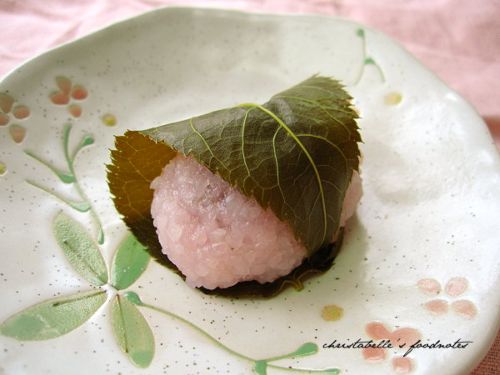
My favorite food is Gyoza (fried dumplings) along with Ramen noodles. There are a few Ramen noodle shops around the Seattle and Bellevue area.
Kizuki, in Northgate Mall and South Center Mall is a great place to try ramen noodles.
Gyoza can be made a little different by region or household by adding various ingredients.
Leona Komatsu, Pathfinder SEA Airport (she/they)
Home Country: Japan
I speak: Japanese and English
Greetings in Japanese:
• Hello. Kon-nichiwa こんにちは。
• Happy New Year! Akemashite Omedeto gozaimasu. 明けましておめでとうございます。
Seeing the FIRST Sunrise is a very popular activity on the New Year’s Day. It is called “Hatsuhinode” 初日の出.
Hatsu 初 = Beginning or Start. Hinode 日の出 = Sunrise.
One of the popular spots is Mt. Fuji (the tallest mountain in Japan). People from all over the world climb it on December 31 and spend a night at the top to see the sunrise on January 1. Many Japanese people will also go to the ocean to see the sunrise. Seeing the first sunrise of the year means good luck. With that said, people tend to tune into the weather forecast for New Year’s Day, to make plans accordingly.
- Learn about Hatsu Hinode in Japan

Rule 1. In Japan, all food is delicious. Any restaurant you walk in, will be most likely a ‘hit’. Oh, you think I’m biased? (Ha!) Not my word, someone else’s word. I hope you get to visit Japan some day and find out.
My favorite New Year’s food is Ozoni お雑煮. It consists of Mochi (white rice cakes) in hot soup with veggies in it. There are several Mochi dishes in Japan. Mochi is commonly served with sweet red beans and soybean powder as desserts. Ice cream and mochi are getting popular in the U.S. My favorite is the savory kind; Ozoni is not sweet, and can be served as breakfast, lunch, or with dinner.
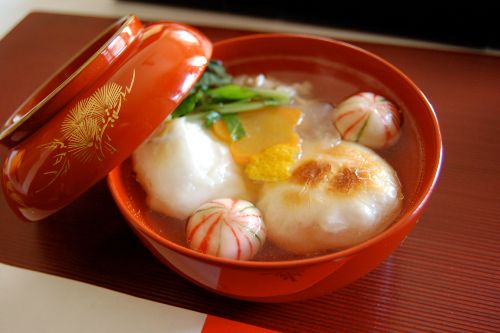
The typical Japanese household will decorate a special kind of Omochi for the New Year. Small and larger round shaped mochi represents the Moon and the Sun and the Ying-Yang.
On New Year’s morning, we cut the decorative mochi into smaller pieces. Have soup ready (seaweed, shiitake, chicken or fish-based broth) with some vegetables like spinach, carrots, gobo, daikon radish, fish cakes, and anything else you like. Soup base can be clear, soy sauce, or miso-based depending on the region. You will see all kinds of Ozoni from north in Hokkaido to south in Kyushu.
If you cook this, I hope you save the leftovers for me!
Before every meal, we say, “Itadakimasu”, meaning “Thank you for the food” or “Bon Appetit!”
Nancy Kitano, Construction Manager (she/her)
Home Country: U.S. / Third Generation “Sansei” from Japan
I speak: English and some Japanese
Greeting in Japanese: Konnichiwa (Hello)
One of my favorite holiday traditions is celebrating New Year’s Day. My cousin has continued the tradition of making all the fancy and traditional New Year’s Day foods. One of my favorites is Ozoni — the traditional Japanese Mochi in a delicious soup. I also love sushi and tempura. All of the traditional foods that are prepared and eaten that day have special meaning. I do not know what they all are — but I do love to eat all the delicious foods. Here is one of my favorite dishes. Enjoy!
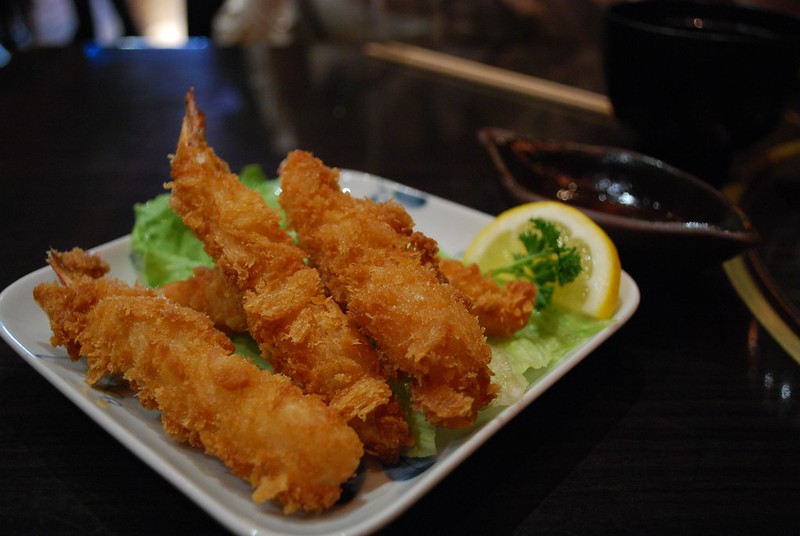
Luis Navarro, Office of Equity, Diversity, and Inclusion (he/him)
Home Country: Costa Rica
I speak: Spanish and English
Greeting in Spanish: ¿Cómo estás? (Formal), or ¿Tuanis, pura vida? (Informal)
Holidays are spent with a family meal at Christmas. One special tradition we have is displaying a Nativity Scene and a small Christmas tree in the home.
A breakfast favorite in Costa Rica is rice and beans with spices, fried plantain, and scrambled eggs known as Gallo Pinto.
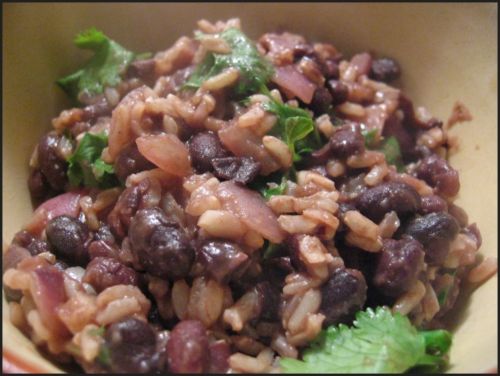
Mersiha Beganovic, Police Specialist (she/her)

Home Country: Bosnia-Herzegovina
I speak: Bosnian, Serbo-Croatian, and English
Greeting in Bosnian: Zdravo or Dobar dan
Favorite Food: Burek
New Year’s Eve is a big holiday that is celebrated across all religions, and from my childhood Santa always brought the best candy around the start of the year. There is always a variety of good food served on New Year’s Eve and one common dish is Burek. Eaten for any meal of the day in Bosnia and Herzegovina, the burek is a meat-filled pastry, traditionally rolled in a spiral and cut into sections for serving.
One of the traditional dances at most celebrations is Kolo. It’s a traditional dance of South Slavic countries which in translation means circle dance. Each country has its own variation of Kolo. Dancers usually must master complicated footwork. Bosnia-Herzegovina, Croatia, and Serbia all have their own traditional versions of the Kolo. Although traditional attire is not worn in regular celebrations, we like to have these displayed at cultural gatherings across the Balkan region and abroad.
In an attempt to keep this tradition alive, the first generation of Bosnian-Herzegovinian immigrants in the Seattle area have revived an original group called KUD-Behar (Cultural and Artistic Society — Cherry Blossom). So far, our group has had three major events in Boise, Phoenix, and a local union chapter that invited us to perform for them to represent how important immigrants are to the local workforce. Most recently we were looking forward to participating at a cultural event at the Seattle center, but due to the pandemic, it was cancelled. We can’t wait to get back to it!
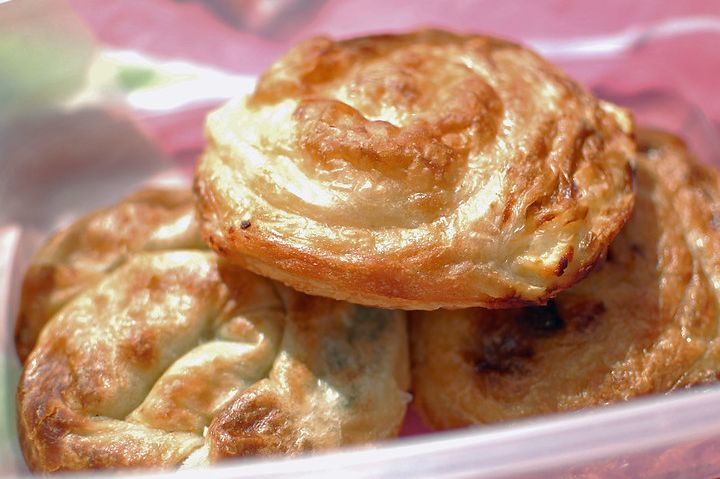
Annabelle Goavec, Administrative Staff Assistant (she/her)
Home Country: Avignon, France
I speak: French and English
Greeting in French: Bonjour
When I was in France, I used to celebrate most holidays with my family. We would all gather around a table, share a meal, and spend long hours talking to each other.
Boeuf bourguignon is a famous French recipe. My dad’s secret is to put a few pieces of dark chocolate in to add some sweetness to the sauce (don’t tell him I told you). ?
If you’re vegetarian, the ratatouille is also delicious!
Both recipes take a long time but I promise you, it’s worth it! Merci!
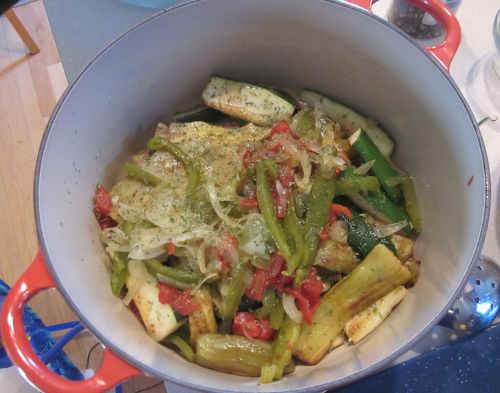
Amadou Ly, Pathfinder, SEA Airport (he/him)
Home Country: Senegal, West Africa
I speak: Worloff, French, and English
Greeting in Senegalese Worloff: Jama ak sama
I was born and raised in Senegal and belong to the Fulani tribe in Northern Senegal, West Africa. Our most famous holiday celebration is Tabaski. Sheep play an important role in Senegalese culture and are popular pets, often living inside their owners’ homes. For the festival, people dress up and paint henna tattoos on their hands and feet.
The most famous dish is Thieboujen. It consists of rice and fish with vegetables in one pot meant for communal meals. Delicious!
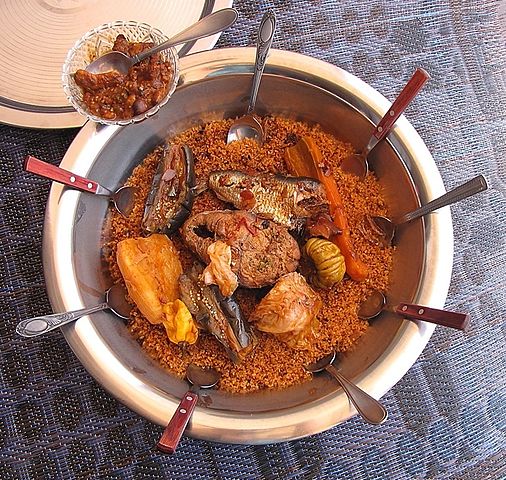
Hanane Bush, Pathfinder, SEA Airport (she/her)
Home Country: Morocco, North Africa
I speak: Amazigh, Arabic, French, and English
Greetings in Morocco: Salam, Assalam Aleikom, Salut, Bonjour
I was born and raised in Rabat, Morocco. The dates for most of our holidays in Morocco are worked out on the lunar calendar and this makes it virtually impossible to predict when these dates will fall on the western calendar that most people in other parts of the world use. During our holidays, one can expect to encounter fasting, dancing and feasting — all depending on the type of holiday being celebrated.
Moroccan cuisine is usually a mix of Amazigh, Andalusian, and Mediterranean cuisines, with slight European (French and Spanish) and sub-Saharan influences. Spices are used extensively in Moroccan food.
Couscous is prepared weekly (every Friday) in many Moroccan homes and the presentation pictured here, couscous with seven vegetables, is one of the most popular versions. Stewed lamb, beef, or chicken, along with a variety of vegetables, is then arranged on a glorious heap of tender, steamed couscous grains.
Not into veggies? Then you may want to try couscous Tfaya with caramelized onions and raisins.
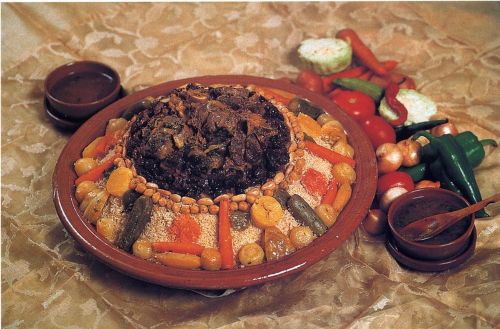
Top photo credit: "Holiday Lights" by Sam Howzit is licensed under CC BY 2.0

